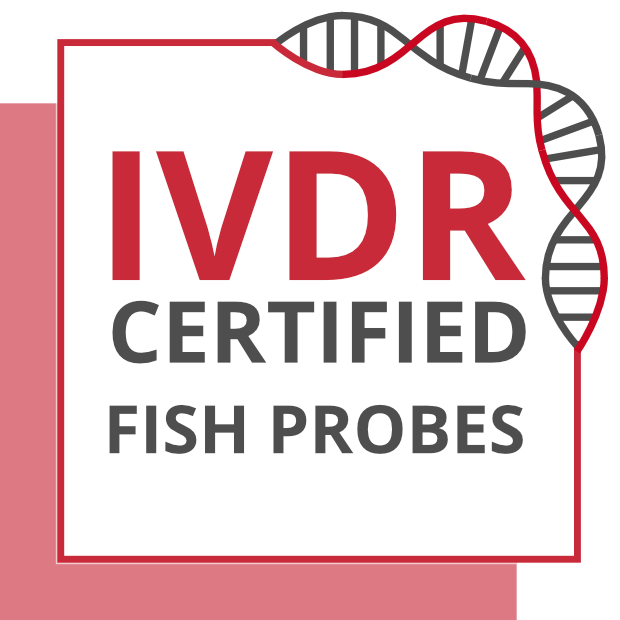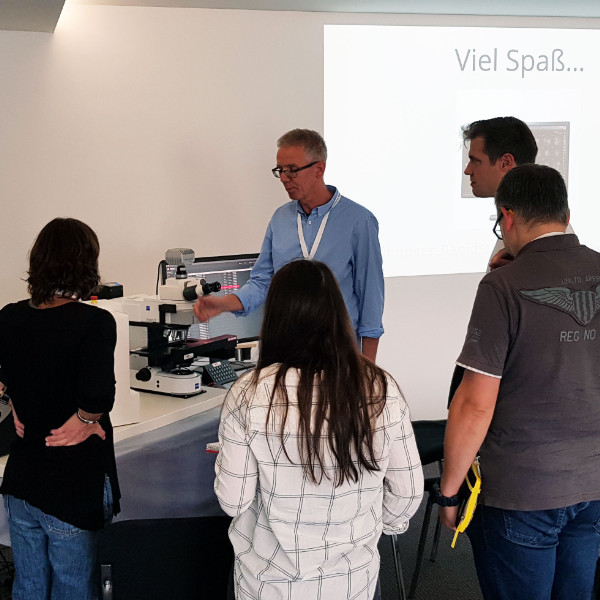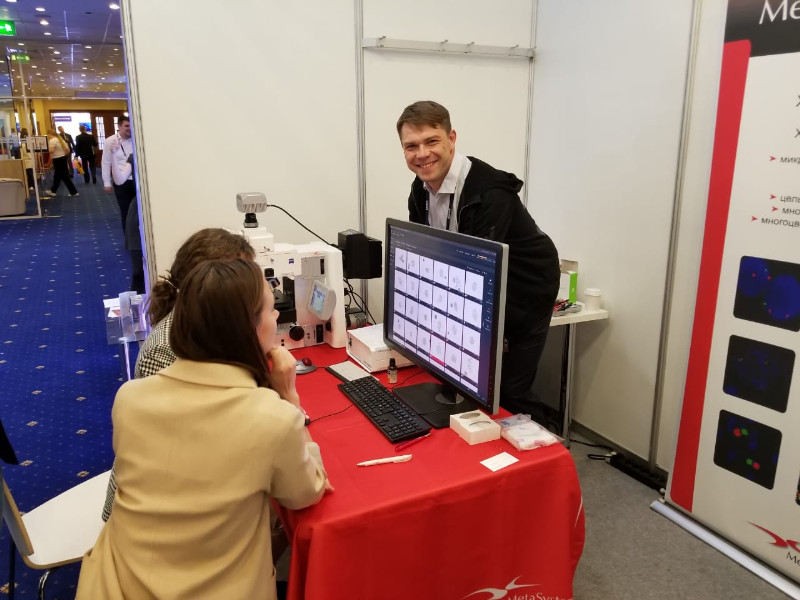About 100 guests from 36 countries met on the XVIII. MetaSystems Distributor Meeting (DM) in November to exchange experiences and to get to know new trends and developments at MetaSystems.

Our internet site may contain information that is not approved in all countries or regions. To ensure accuracy of content, please select your country/region of residence. Choose International if your country is not listed.
This information will be saved using cookies. To find out more about cookies, read our Privacy Policy.
Please select your country of residence. Choose International if your country is not listed.
Our internet site may contain information that is not approved in all countries or regions. To ensure accuracy of content, it is required that you select the site which is appropriate for your country of residence.

This probe is IVDR-certified in compliance with the Regulation (EU) 2017/746 on in vitro diagnostic medical devices (IVDR). For organizational reasons, we currently provide only the IVDD product.
The XL KMT2A BA break-apart probe consists of an orange-labeled probe hybridizing proximal to the KMT2A gene region at 11q23.3 extending into the gene up to intron 24 and a green-labeled probe hybridizing distal to the KMT2A gene region at 11q23.3 extending into the gene up to intron 20 and thus overlapping each other for 3.4kb (GRCh37/hg19).

Normal Cell:
Two green-orange (2GO) colocalization/fusion signals.

Aberrant Cell (typical results):
One green-orange colocalization/fusion signal (1GO), one separate green (1G) and orange (1O) signal each resulting from a chromosome break in the respective locus. Translocations with breakpoints within the KMT2A breakpoint cluster region result in a small orange split signal remaining with the separated green signal. The residual orange signal is significantly smaller than the separated orange signal and might even be invisible.

Aberrant Cell (typical results):
Two green-orange colocalization/fusion signals (2GO) and one separate usually small orange (1O) signal indicating an insertion of the respective genomic region to an unknown chromosome.
Neon, the outstanding MetaSystems case and image management system, offers many tools and helpful gadgets to streamline routine workflows, for example in cytogenetics labs. The second MetaSystems User Day, addressed to MetaSystems clients from Germany, Austria, and Switzerland, provided in different workshops knowledge helping to unleash the full power of the system.

The Congress 'Genetics of XXI Century' in Moscow, Russia (May 2019) has been one of the most important events for the professional international community of geneticists. Our partner company in Russia OOO MetaSystems considered it a good occasion to present the new camera CoolCube 4 connected to a state-of-the-art Neon system to the public.
